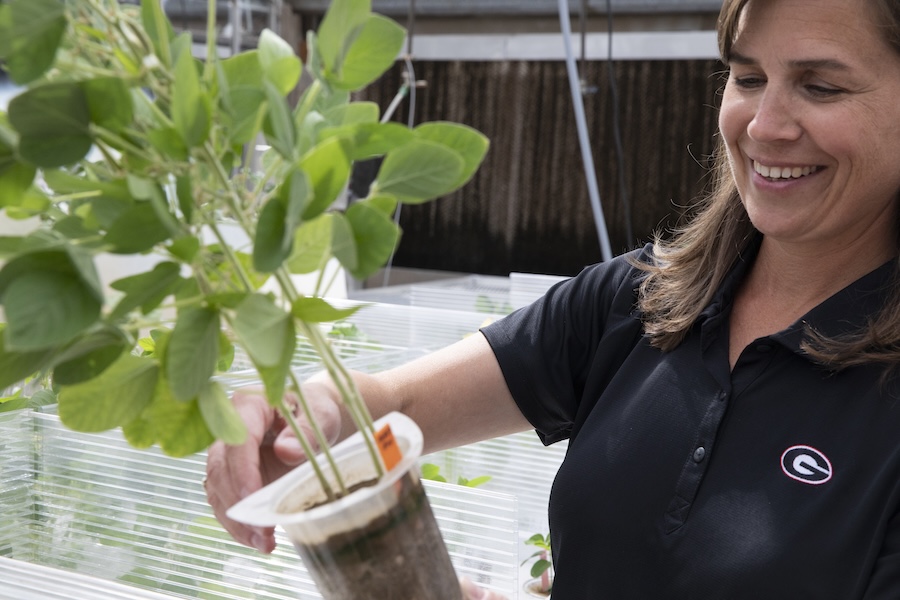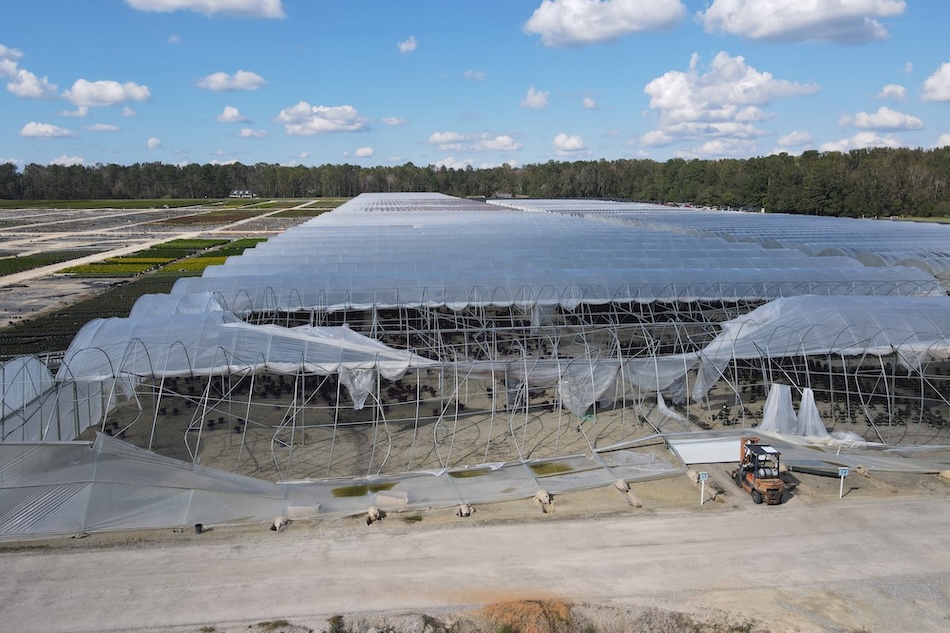Georgia farmers are learning a better way to manage pines. And the tactical switch is enabling them to grow trees at least 25 percent faster, said a University of Georgia forester.
"Where it once may have taken us more than 20 years to grow a certain amount of wood, we're now producing that in 12 or 15 years on many of our sites," Dave Moorhead said.
"So we're really producing the same amount of fiber in a much shorter time," said Moorhead, a forest regeneration scientist with the UGA Extension Service. "We have the ability to really intensify some production without putting more acres into production."
Closer management is the key.
Farmers have begun to manage trees more like they do their annual row crops. They control weeds with herbicides and provide their tall crops the nutrients they need.
Weeds and underbrush steal vital water and nutrients from young trees. Controlling them, especially in the first few years after planting, gets trees off to a good start.
"The seedlings have good survival," Moorhead said, "and get some early diameter growth."
Fertilizing helps, too. Without needed nitrogen and phosphorus, the seedlings won't grow to their full potential. Applying fertilizer a number of times through the 12- to 15-year rotation can help trees grow their best.
The extra fertilizer costs more. But Moorhead said it's worth it. "You still get a good return," he said, "because you're growing a lot of fiber in a short time."
Georgia-grown trees are used for many products. Some trees turn into building materials, others into poles and posts. But pulpwood uses, by far, take the largest part -- almost 45 percent.
Georgia leads the world in pulpwood production, Moorhead said. "The focus has really shifted to the South as the wood basket of not only the United States," he said, "but also the world."
That pulpwood is made into paper and paper products we use every day: writing paper, cardboard boxes, packing and wrapping materials and even napkins and bathroom tissue.
The paper industry expects a 7 percent increase in worldwide demand for paper and paper products through the year 2000. Moorhead said Georgia farmers can help meet the demand for wood fibers with this intense management.
Experts place the value of timber and timber products second only to broiler chickens among Georgia farm crops. Forestry is worth more than even peanuts, cotton and vegetables.
Georgia's 13 mills produce more pulp and paper than any other state. Almost 70,000 people work in these mills. The Georgia wood and paper processing industry adds $3.5 billion to the state's economy annually.
Managing pulpwood pine forests carefully, Moorhead said, can help maintain the tree supply that makes all of that possible.

.jpg)




